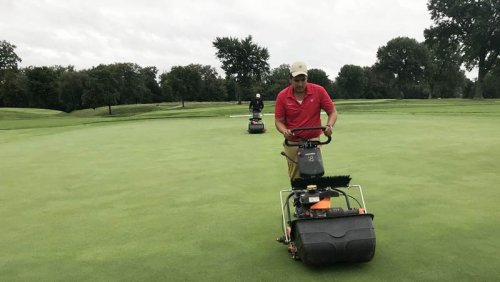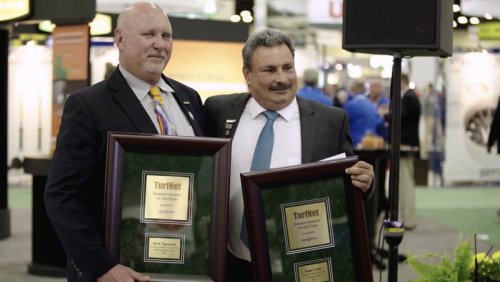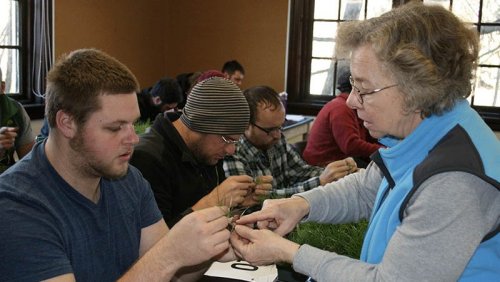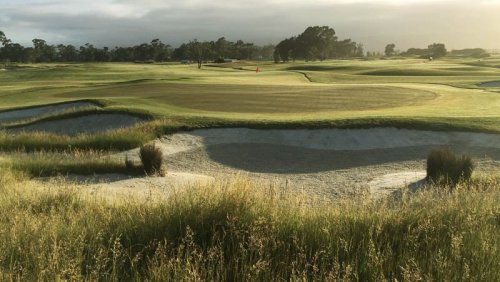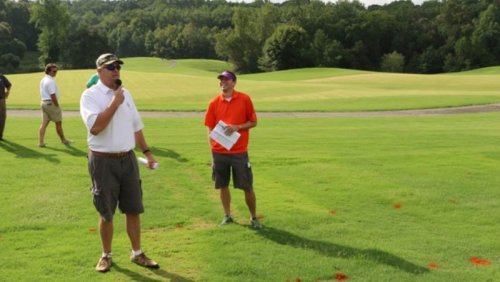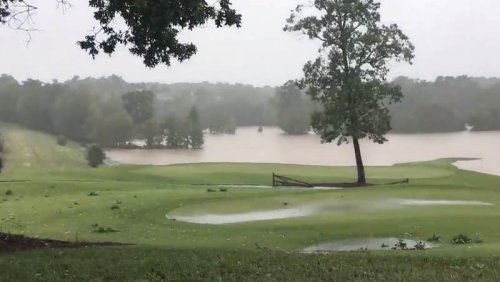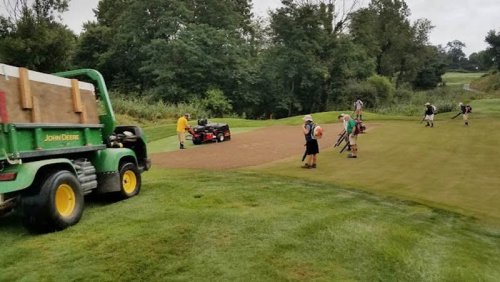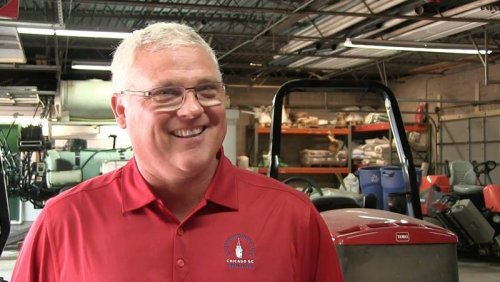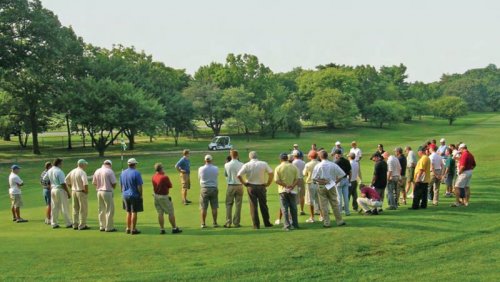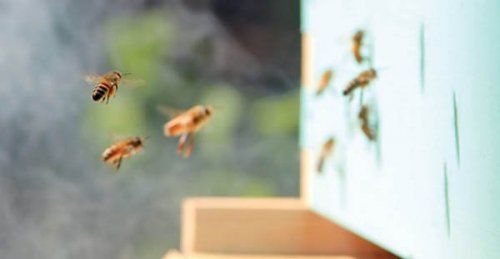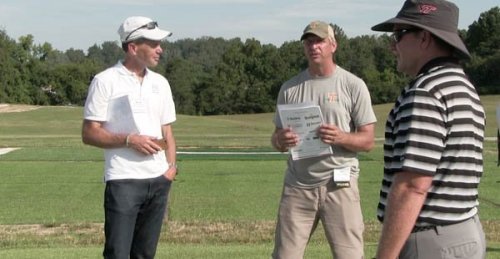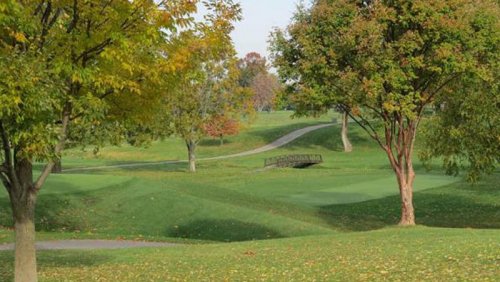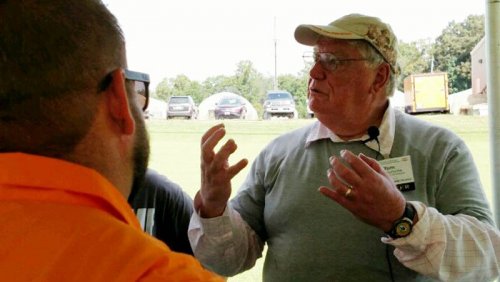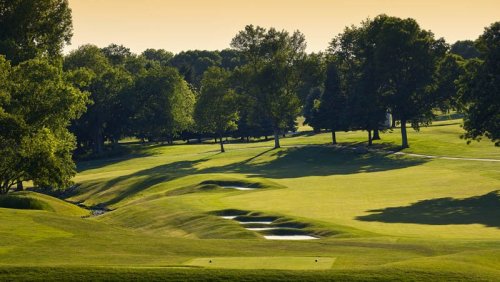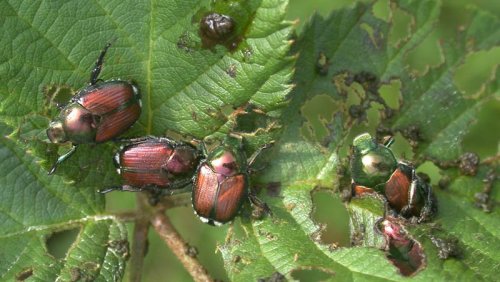
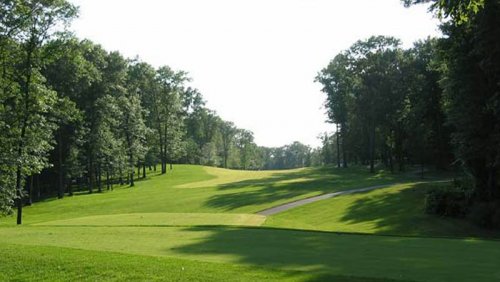
New Mexico regent's professor and extension turfgrass specialist Bernd Leinauer, Ph.D., and research assistant professor Matteo Serena, Ph.D., are finding the idea that Kentucky Bluegrass is a poor choice for droughty climates to be misleading if not incorrect. They are looking to change the public's perception on which turfgrasses can survive the best in the drought conditions we find in our region.
Research historically has shown that warm-season grasses have greater drought tolerance than cool-season grasses. There also is the perception that cool-season grasses require more water, but Leinauer says it's not the grass that's the problem. He and his team established test plots with different grasses receiving different amounts of water.
"If you think your grass is using too much water, apply less. Let's find out how much water we can save," Leinauer said in a release by New Mexico State. "And that's what our research is looking at."
Test plots were irrigated to 100, 80, 60 and 40 percent of ET. Early results of the induced-drought trials show that Kentucky bluegrass requires much less water than other cool-season grasses.
"When we factor in both the amount of water needed and recovery after drought stress, the winner among cool-season grasses is Kentucky bluegrass. It's not only about performance during drought, it's equally important how quickly and well grasses can recover after drought. Such considerations are important for our region," Leinauer said.
Such findings are different than what has been previously stated. The general opinion has been that Kentucky bluegrass should not be used because of the amount water that it needs to survive.
"This message is the complete opposite of what we've been hearing . . . . Kentucky bluegrass has been perceived as the worst of all and uses the most water. However, our findings don't support that," Leinauer said.
Once a fairway favorite, Kentucky bluegrass had fallen out of favor. Newer varieties, however, can tolerate mowing heights as low as a half-inch, and it can withstand a variety of soil conditions.
"Our results show that if a cool-season grass is chosen," Leinauer said, "Kentucky bluegrass should be (the) grass of choice."
- Read more...
- 2,679 views

